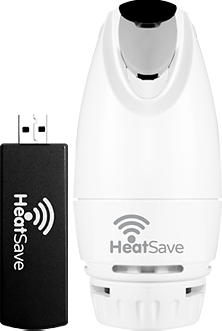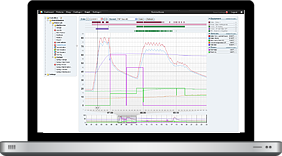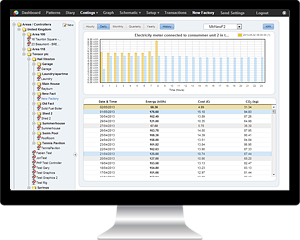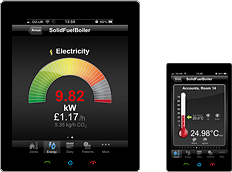Adoption of Green Deal measures is on a positive trend, DECC claims
65% of the home owners who have had a Green Deal assessment done have also installed at least one of the measures they were recommended, the latest figures released by the DECC have revealed.
According to information supplied by the DECC, around 85K households in Great Britain had a Green Deal Assessment up to the end of September and, out of these, around 41K took place in England, Wales and Scotland between July and September.
The survey carried out by DECC suggests that the main motivations for having a Green Deal assessment were to save money on energy bills (63%), the fact that the assessment was free (56%), and also the owner’s desire to find out how to make properties more energy efficient (37%).
Figures obtained from the poll also suggest that the majority of consumers who had had a Green Deal assessment were satisfied with how long they had to wait for an appointment (74%) and with the ease of finding an assessor (63%). Plus, two thirds (65%) claimed to have installed at least one of the measures they were recommended while a further 6% said they were in the process of installing, and 10% said they would probably or definitely install at least one measure.
Additionally, households were asked how they funded installations (and were able to choose multiple answers) and indicated a large range of payment methods. The most common payment method amongst those who had had something installed was for an energy company (ECO) to have paid in full or in part (22%). Sixteen per cent said their local authority had paid in full or in part, and 11% had used their own savings or regular income. Ten per cent simply said that the installation was ‘free’, with no further specification, and 9% mentioned having used the Green Deal cashback scheme.
Additionally, those in the process of having a measure installed consider that the most common potential payment methods were local authority funding (42%) and Other Green Deal provider / installer (16%). Plus, those who said they will definitely/probably install something in the future, 25% expected to pay from their own savings/regular income, 16% expected that their energy company would pay (ECO), and 15% expected that the local authority / council would pay.
Building Energy Management Systems are capable of delivering extensive monitoring and control options, compared to basic controls. They typically employ data from a variety of sources (boiler flow and return sensors, internal and external temperature sensors, occupancy sensors, humidity sensors, etc.), and enable the perfect optimization of a building’s boiler-based central heating system.
HeatingSave is also approved to work and save fuel within the Energy Technology List, which is managed by the Carbon Trust on behalf of the Government. It is also approved by the Department of Energy & Climate Change and the Energy Savings Trust and was specified by the Building Research Establishment for the energy efficient homes retro-fit program, called The Greenhouse Project.
Last, but certainly not least, it’s important to mention that HeatingSave is a component part of the Government’s Green Deal program.
If you’d like to find out more about HeatingSave’s accreditations, just visit the dedicated section on our website, and for any other information, just get in touch with our dedicated product team.






